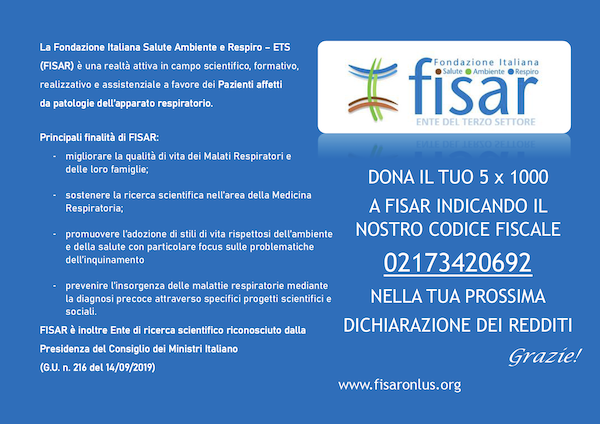Tracheostomy healing time after decannulation
Keywords:
Tracheostomy, prolonged mechanical ventilation, decannulation, complication, healing, wound closureAbstract
Background: Prolonged healing of tracheostomy after decannulation has a negative impact on respiration, hygiene, cosmetics, and social life. Even so, evidence-based observations of tracheostoma healing time are lacking. Therefore, the aim of this study was to determine tracheostomy wound healing time after decannulation.
Methods: In this prospective observational cohort study, we included 30 subjects undergoing decannulation following prolonged mechanical ventilation via tracheostomy. Our primary endpoint was tracheostomy healing time defined as time from decannulation to airtight healing. To identify any factors related to healing time, we included information about patient demographics, comorbidities, tracheostomy method, tube size, and intubation time. All subjects were observed daily until their tracheostomy wound had healed.
Results: The median tracheostomy healing time was 6.5 (1-22) days. The duration of tracheal cannulation was the only factor significantly correlated with prolonged healing (p=0.03). Four patients were subjected to recannulation shortly after decannulation due to hypercapnia, respiratory failure, secretion accumulation, or self-decannulation. All wounds achieved complete spontaneous airtight closure.
Conclusions: Duration of spontaneous tracheostomy closure after decannulation was 1-22 days, and closure time correlated with duration of cannulation.
References
Ceriana P, Carlucci A, Navalesi P, Rampulla C, Delmastro M, Piaggi G, et al. Weaning from tracheotomy in long-term mechanically ventilated patients: feasibility of a decisional flowchart and clinical outcome. Intens Care Med 2003;29:845-8.
Christopher KL. Tracheostomy decannulation. Respir Care 2005;50:538-41.
Stelfox HT, Crimi C, Berra L, Noto A, Schmidt U, Bigatello LM, et al. Determinants of tracheostomy decannulation: an international survey. Crit Care 2008;12:R26.
Hess DR, Altobelli NP. Tracheostomy tubes. Respir Care 2014;59:956-71; discussion 71-3.
Singh RK, Saran S, Baronia AK. The practice of tracheostomy decannulation-a systematic review. J Intens Care 2017;5:38.
Marchese S, Corrado A, Scala R, Corrao S, Ambrosino N. Tracheostomy in patients with long-term mechanical ventilation: a survey. Respir Med 2010;104:749-53.
Caronia FP, Fiorelli A, Santini M, Castorina S. A persistent tracheocutaneous fistula closed with two hinged skin flaps and rib cartilage interpositional grafting. Gen Thorac Cardiovasc Surg 2016;64:625-8.
Choate K, Barbetti J, Currey J. Tracheostomy decannulation failure rate following critical illness: a prospective descriptive study. Aust Crit Care 2009;22:8-15.
Freeman-Sanderson AL, Togher L, Elkins M, Kenny B. Quality of life improves for tracheostomy patients with return of voice: A mixed methods evaluation of the patient experience across the care continuum. Intens Crit Care Nurs 2018;46:10-6.
Freeman S. Care of adult patients with a temporary tracheostomy. Nurs Stand 2011;26:49-56; quiz 8.
Bishnoi T, Sahu PK, Arjun AP. Evaluation of factors determining tracheostomy decannulation failure rate in adults: an Indian perspective descriptive study. Indian J Otolaryngol Head Neck Surg 2020:1-6.
Heffner JE. Tracheostomy decannulation: marathons and finish lines. Crit Care 2008;12:128.
Lopez-Pastorini A, Kraja O, Ludwig C, Plönes T, Storre JH, Rommel T, et al. [Reduction of tracheotomy associated tracheal stenosis by surgical closure of the tracheostomy].[Article in German]. Pneumologie 2015;69:335-40.
Eliashar R, Sichel JY, Eliachar I. A new surgical technique for primary closure of long-term tracheostomy. Otolaryngol Head Neck Surgery 2005;132:115-8.
Cheung NH, Napolitano LM. Tracheostomy: epidemiology, indications, timing, technique, and outcomes. Respir Care 2014;59:895-915; discussion 6-9.
Cipriano A, Mao ML, Hon HH, Vazquez D, Stawicki SP, Sharpe RP, et al. An overview of complications associated with open and percutaneous tracheostomy procedures. Int J Crit Illn Inj Sci 2015;5:179-88.
Hernández Martínez G, Rodriguez ML, Vaquero MC, Ortiz R, Masclans JR, Roca O, et al. High-flow oxygen with capping or suctioning for tracheostomy decannulation. N Engl J Med 2020;383:1009-17.
Young D, Harrison DA, Cuthbertson BH, Rowan K. Effect of early vs late tracheostomy placement on survival in patients receiving mechanical ventilation: the TracMan randomized trial. JAMA 2013;309:2121-9.
Stelfox HT, Hess DR, Schmidt UH. A North American survey of respiratory therapist and physician tracheostomy decannulation practices. Respir Care 2009;54:1658-64.
Heffner JE. The technique of weaning from tracheostomy. Criteria for weaning; practical measures to prevent failure. J Crit Illn 1995;10:729-33.
Mitchell RB, Hussey HM, Setzen G, Jacobs IN, Nussenbaum B, Dawson C, et al. Clinical consensus statement: tracheostomy care. Otolaryngol Head Neck Surg 2013;148:6-20.
Bishop JB, Bostwick J, Nahai F. Persistent tracheostomy stoma. Am J Surg 1980;140:709-10.
Thomas AJ, Talbot E, Drewery H. Failure of standard tracheostomy decannulation criteria to detect suprastomal pathology. Anaesth Rep 2020;8:67-70.
McCool FD. Global physiology and pathophysiology of cough: ACCP evidence-based clinical practice guidelines. Chest 2006;129:48S-53S.

Published
Issue
Section
License
Copyright (c) 2022 The Author(s)

This work is licensed under a Creative Commons Attribution-NonCommercial 4.0 International License.
Mattioli 1885 has chosen to apply the Creative Commons Attribution NonCommercial 4.0 International License (CC BY-NC 4.0) to all manuscripts to be published.





